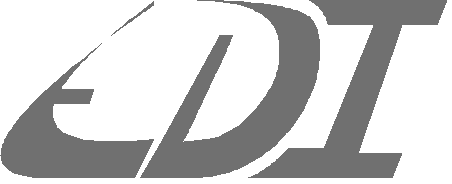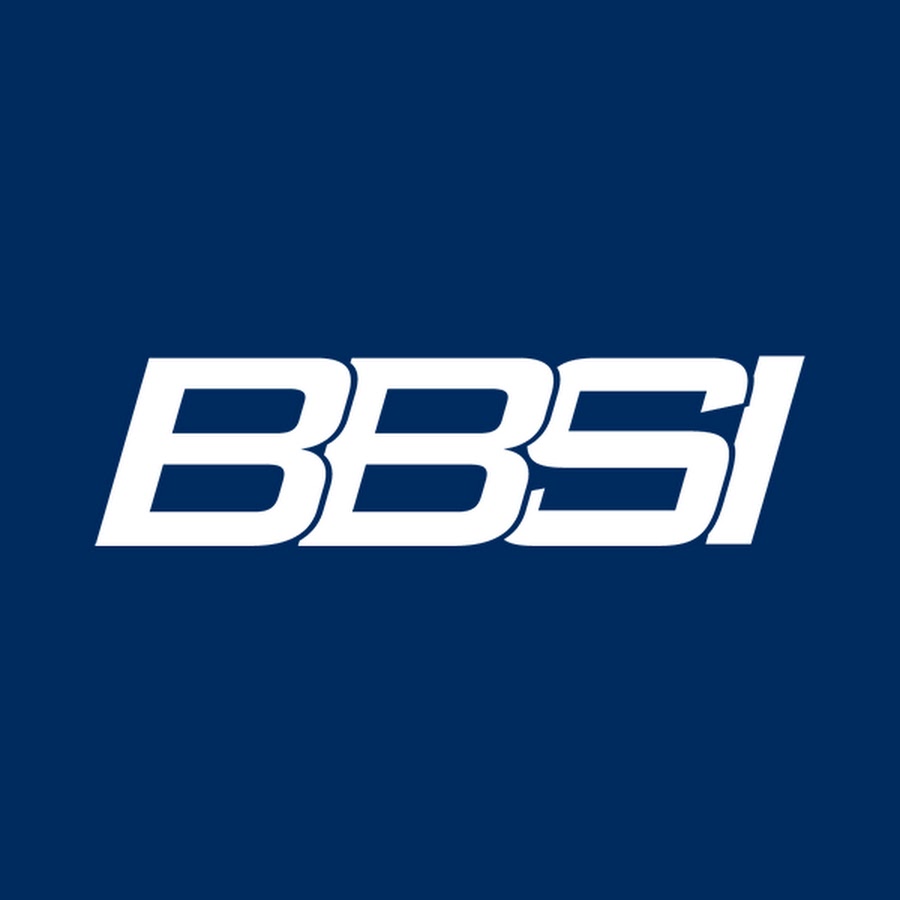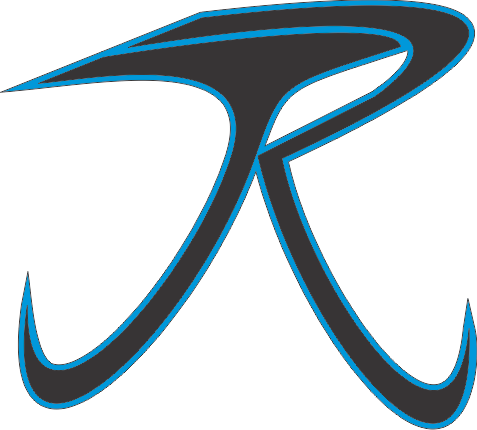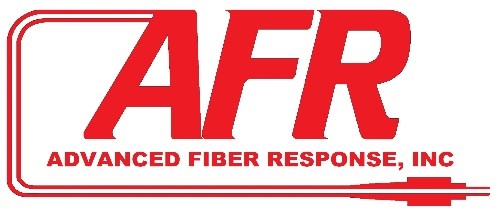Title Page
-
Client Company
-
Facility or Work site location
-
Conducted on
-
Client Site Supervisor
-
Client Safety Champion
-
BBSI Risk Management Consultant (RMC)
-
Contact at: (303) 519-4898 or john.tanner@bbsi.com
-
Contact at: (719) 232-1674
-
Contact at: (720) 818-6711
Work Site Assessment
Work Environment
-
Permanent power switches, junction boxes, and electrical systems are
- Properly marked and labeled
- Provided 24" access in all directions
- Clear of flammable material buildup or debris
- Covers are secure and free of damage
-
Fuel Station on site
Fuleing Station
-
Fuel station(s)
- Fueling station is located away from active work areas and flammable materials
- Electric pumps are securely mounted, grounded, and free of damage
- Fueling guidelines visibly posted
- No smoking visibly posted
- All portable containers are metal with self closing lid
- Static ground wire in place
- Storage tanks are secure and equipped with spill control (berms or double walled tanks)
-
Materials and equipment are organized and stored in secure location
-
Holes and openings are covered and marked
-
Floors are free of liquids and/or have tread installed to prevent slips
-
Walkways and working surfaces are a minimum of 36" wide, well marked, and free of hazards
-
Work areas are properly ventilated
-
Work areas are properly illuminated
Work Execution
-
Explain:
-
Required PPE
- Hard hat
- Safety vest
- Steel toed boots
- Safety glasses
- Gloves
- Other:
-
Specify additional PPE requirements
-
PPE available and in use
-
Hazardous clothing, jewelry, or accessories are removed, covered, or controlled
-
General operational hazards
- Aerial lifts
- Use of motor vehicles
- Confined space
- Crane operations
- Electrical hazards
- Ergonomic/ repetitive motion
- Fall protection
- Fork lift/industrial truck
- Hand and and power tools
- Hearing and noise expossure
- Ladder use
- Lockout/Tag-out
- Scaffold use
- Spill
- Respiratory exposures
- Rigging and material handling
- Trenching and excavations
- Welding/cutting/hotwork
- Wood work
- LPG or compressed gas storage and use
- Stationary equipment use and maintenance
- Hygiene exposure hazards
- Extreme temperatures - heat
- Extreme temperatures - cold
- Other:
Stationary Equipment
-
Stationary equipment is securely anchored
-
LOTO procedures in place for maintenance and servicing
-
All electrical components and power cords are well maintained and free damage
-
Emergency shutoff controls in place and operable
-
Active areas of operation are clear of obstructions and properly demarcated
-
Equipment is free of user modifications
-
All shields and guards are in place
-
Material discharge (product or waste) is directed to designated area
Hand and Power tools
-
Tools are used as intended
-
Hand tools are free of damage (handle splinters, mushroom tops, chipped blades, etc.)
-
All guards and handles are in place
-
Tools are clean and maintained
-
Consumables/blades are changed regularly
-
Defective tools are taken out of service and marked to prevent accidental use
-
Power cords are well maintained and free of end user modifications
-
Tools are free of end user modifications
-
Power tools are turned off and unplugged when changing parts, cleaning, or conducting maintenance)
-
All power tools are equipped with auto-shut-off switch
Electrical Hazards
-
Temporary power panels are functional and free of damage
-
Temporary wiring does not pass through holes or windows; doors blocked open when in use
-
Electrical wiring is kept free of cutting hazards such as sharp metal and glass
-
Power cords and wiring are supported and protected from pooling water
-
Only construction grade extension cords with ground in tact are used
-
All temporary wiring is well maintained and free of splices and electrical tape
-
LOTO Properly administered when working on/near hazardous equipment
-
Temporary wiring is hung or supported to prevent damage, trip, and striking hazards
-
All electrical systems are fully grounded with GFCI in place
-
LOTO program and training records available to supervisor
-
Equipment is used within capacity and as designed
Aerial lifts
-
Equipment users manual available
-
Equipment maintenance records available
-
Daily inspection records available
-
Training records available for users and passengers
-
Emergency controls in place and operational
-
Only used on stable surfaces
-
Scissor lifts are only used on stable and level surfaces
-
Lift is loaded only with employees and working materials; not used to transport equipment or materials.
-
When working within 15 feet of electric/power lines they are deenergized and/or shielded
-
Lift is fully retracted and lowered prior to travel or movement
-
No use of portable ladders or climbing guard rails to extend reach
Crane operations
-
All operators are trained and certified specific to the equipment in use
-
Equipment is only operated by designated operator
-
Fire extinguisher in cab
-
Load charts are available and operations are in compliance
-
Only use tagged rigging and connection equipment
-
Ground condition has been assessed and controls in place to ensure equipment is fully supported
-
When working within 15 feet of electric/power lines or charged equipment they are deenergized, LOTO, and/or shielded
-
Work zone including intended swing radius are marked with cones and/or danger tape
-
Signal person/flagger in place when load is out of operators eye site or being transported on site
-
Equipment inspection documentation available
-
Defective equipment including all rigging and supports are taken off site and replaced as needed
Fall Protection
-
Systems in use
Personal Fall Arrest Systems (PFA)
-
Training records available for all users
-
All PFA systems are well maintained and tags are legible
-
All anchors support a minimum of 5,000 lb.
-
PFA systems are equipped with shock absorption
-
Employees maintain body position or change anchor point to prevent swing radius greater than 15 degrees
-
PFA inspected daily and all defective equipment is taken out of service
-
D rings, hooks, and cables are only used as intended; belt D-rings are not used for connection
-
Anchors are prefabricated or verified by an engineer
Guard Rails
-
Guard rails are 38-42 inches high with mid rail in center position
-
Mid-rail is centered between surface and guardrail
- Job rotation
- Restricted area sign in
- Modified Schedule
- Assigned task safety monitor
- Special Training
- None
-
Toe boards in place to prevent falling object
-
Guard rails support 200 lb. load in downward or outward direction
-
Guardrail materials are free of cutting/poking hazards
- Job rotation
- Restricted area sign in
- Modified Schedule
- Assigned task safety monitor
- Special Training
- None
-
Horizontal lifelines are prefabricated or engineerd and are used in compliance with manufacturer specifications
Fork lifts and Industrial Trucks
-
Training records available for users and passengers
-
Equipment maintenance records available
-
Daily inspection records available
-
Equipment users manual available
-
Load charts are available and operations are in compliance
-
Only used on solid and level surfaces
-
Emergency controls in place and operational
-
Lifting forks are free of welds and other end user modifications
-
Loads are lowered prior to travel
-
When working within 15 feet of electric/power lines they are deenergized and/or shielded
-
Equipment is used as designed; never used as scaffold or to transport employees
-
Defective equipment is marked, taken out of service, and ignition key is removed/disabled
Ladder Safety
-
Ladders stickers are in place and legible
-
Ladders are free of damage and are inspected prior to each use
-
Working surface is stable and free of tripping hazards
-
All treads are free of debris, oil, and other slip hazards
-
Top and first rung of step ladders are used for hands and tool storage only; not a standing surface
-
Ladders are only used as designed (e.g. do not use A frame as a lean-to ladder)
-
Ladders are not used to store tools when not in use
-
When used to access upper level, ladders are secured and extend 36" beyond upper surface
-
Extension ladder footing is secure
-
When used in/near doorways doors are locked or propped open
-
Defective equipment is marked and taken out of service
Scaffold Use
-
Training records available for CP and all users
-
Systems scaffolds only use compatible parts from the same manufacturer
-
Scaffold is erected and disassembled under the direction of designated competent person
-
Scaffold is inspected daily and after any event that may compromise the integrity of the scaffold
-
All scaffold is prefabricated or has been verified by an engineer
-
Wheel locks are engaged when in use
-
Employees dismount scaffold prior to moving
-
Working surface is stable and level
-
Propper fall protection in place when working at heights greater than 10 ft.
-
Scaffold is free of slip/trip hazards including water, ice, debris, etc.
-
Daily inspection documentation is avaiable
-
Scaffold is equipped with Green tags when free of hazards, yellow tags where special controls are required, and red tagged for 'no access'
-
Toe boards are in place to prevent falling objects
-
Access to areas beneath active work zones is restricted with proper signage
-
Scaffold components may only be used as fall protection anchorage if designed for this purpose
Company Motor Vehicle Use
-
Driver Safety Program elements in place
- Fleet safety rules and best practices
- Defensive driving policy
- Driver training program
- 'Ride along' observations
- Accident reporting procedures
- Behavior and conduct violations documented
- Drug and alcohol policy
- Inclimate weather policy
-
Vehicle safety features
- Seat belts
- Airbags
- Exterior cameras
- Interior cameras
- Speed regulator
- Backup alarm
- Equipment hoist
- Loading ramp or lift
- Radio
-
Only authorized driver may operate company vehicles
-
Only company vehicles are used to transport equipment, materials, and employees between worksites and facilities.
-
Vehicle inspections conducted and documented
-
Vehicles are maintained and records are available
-
All vehicles and drivers are screened and insured
-
All mirrors and glass are clean and free of cracks
-
Vehicles are equipped with roadside emergency kit
Hotwork
-
Plasma or mixed gas welding/cutting is conducted by qualified employees
-
Mixed gases are secured to a bottle cart or fixed in an upright position
-
Acetylene and Oxygen are separated by blast shield or positioned at least 20 feet from one another.
-
FIre watch is present for duration of work and remains for 30 minutes after active hot work
-
Surfaces have been assessed for hazardous coatings or material (e.g. lead, stainless steel, etc.)
-
Affected employees wear face shield with minimum shade level of 7
-
All hoses, tips, bottles, torches, etc. are inspected prior to each use
-
Plasma electrodes are inspected and changed regularly
-
Electrical supply is grounded and positioned away from flammable materials
Health and Hygiene Exposure
-
Hazard assessment for surfacing materials to be cut by torch, grinder, electric sander, or otherwise create a respiratory hazard?
-
Does ventilation ensure continuous air exchange?
-
Appropriate monitoring in place for identified hazards (gas monitor, personal pump, dosimeter etc.)
-
Monitoring records are posted and available to supervisors.
-
Known hazards such as organic material waste is removed and disposed of prior to operations
-
Pre-Inspection/Permit completed
-
Trench protected from cave-in.
-
Access/Egress available
-
Hazardous conditions present
-
Trench guarded from fall hazards
-
Spoil piles are located 2+ feet from trench
Operational health and hygiene
-
Restrooms requirements
- Clean and well maintained
- Equipped with running water
- Includes sinks or wash station
- Plumbing is functional
- At least 2 restrooms available, or, 1 per 10 employees
- Toilet paper, paper towels, and soap are available
-
First aid and AED
- Clearly marked
- Easily accessible
- Contents are clean and organized
- Free of expired product
- Fully stocked
- Eye wash station is clean and fully charged
- AED includes directions
-
Designated location for employees to eat/drink and store personal items outside of the work area
-
All personal drinking containers inside the work area are fully resealable
-
Waste is properly handled, segregated, and disposed of
Administration
-
Posting and records
- OSHA/DOL postings up to date and visibly posted
- Emergency contact information visibly posted
- Emergency Response and evacuation plan clearly posted
- Required lincense(s)/permit(s) available
- Employee training and monitoring records available
-
Entrance and exits to and from work area
- Clearly marked
- Clear of debris and trip hazards
- At least 36" in width
- At least 2 routes of egress
-
Fire extinguishers
- Fully charged
- Free of damage
- Tagged with recent inspections
- Available within 25 feet of any active work area
- Selected based on hazard type (ABC, etc.)
-
GHS elements
- SDS available
- Storage containers properly marked
- Training records available
- SOP and special PPE requirements for hazardous chemicals used
- Proper disposal
-
Spill response plan and spill kit stocked and available
-
Clearly defined work plan and task assignments
-
Access to work areas is restricted to authorized individuals
-
Signage is in place as needed (e.g. overhead work, PPE required, construction area, etc.)
-
Defective equipment is taken out of service, marked, and stored away from working equipment
Observations
-
What is the most LIKELY hazard on this site?
-
What is the most SEVERE hazard on this site?
-
Span of management minimum 1:5
-
Do budget and schedule demands create an incentive for unsafe behaviors
-
Explanation:
-
Employees are maintaining proper housekeeping while working?
-
materials and waste are properly handled, packaged, and removed from work area when not in use
-
PPE defects or misuse (wrong selection, wrong size, defective item in use, etc.)
-
Please explain:
-
Did any workers engage in any unsafe acts?
-
Please explain:
-
Were there any unsafe working conditions?
-
Please explain:
Employee involvement
-
Name(s) of employee(s) interviewed
Interview items
-
Does employee know and understand tasks, hazards, and controls of their work?
-
Does employee understand incident reporting procedures
-
Does employee know where to get documents such as SDS, Safety Materials, etc.
-
What is the most effective safety feature at this job?
-
What do you think would make this an even safer working environment?
-
Pre-work safety briefing conducted
-
Does worker's description of safety meeting match log sumary
-
Job Hazard Assessment in place
-
JHA complete and verified by all employees on site
-
Does JHA include all present tasks and hazards with appropriate controls?
-
Are all controls listed in JHA being implemented?
Incident management
-
Supervisor understands incident response and reporting procedures
-
Incident response forms available to supervisor (initial report, witness statement form, designated provider letter)
-
Any recordable injuries in past 12 months
-
Supervisor report of injury form been filled out for all incidents?
-
Witness statements collected?
-
Has the designated provider letter been signed by any person sent to the clinic for treatment?
-
Has injured employee returned to work?
-
Why?
Confirmation
-
Auditor - By signing I attest that to the best of my knowledge the information contained in this inspection report is current and correct, and I have reviewed this material with the site supervisor. I have/will fulfill my responsibility to work with the site supervisor and ensure prescribed actions are implemented within the assigned time frame.
-
Supervisor/Safety Champion - I understand the information contained in this inspection report, and I have reviewed this material with the inspector. I also confirm that I have/will fulfill my responsibility to implement the prescribed actions.













